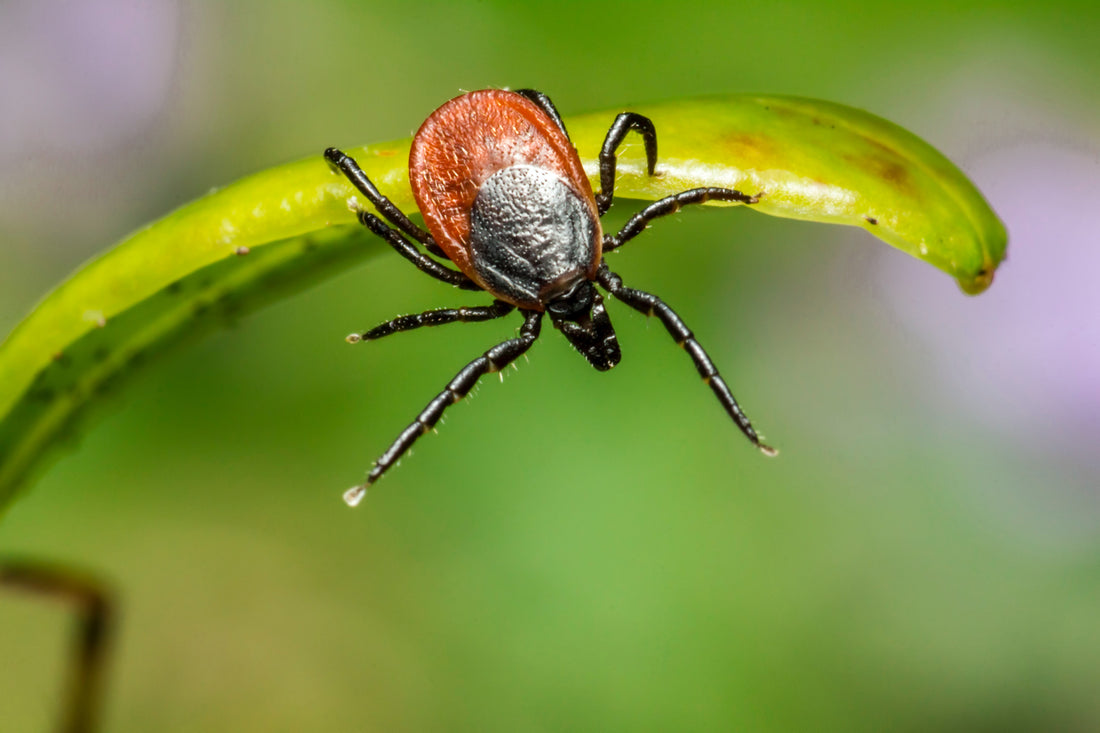
Ticks spreading the deadly Rocky Mountain Spotted Fever are more likely to choose People over dogs if the temperature is rising
Share
There was an interesting experiment in California last year. The tests were performed according to the following method: there were two boxes, one with a dog sitting and the other with a person. Between the two boxes was a tube in which the ticks were crawling. The purpose of the test was to see which “prey” the ticks chose in different temperatures. The stomach-churning scientific experiment has revealed that ticks carrying the deadly Rocky Mountain spotted fever (RMSF) disease are more than twice as likely to shift their feeding preference from dogs to people when temperatures rise.
But the question is why?
The study was presented at the annual meeting of the American Society of Tropical Medicine and Hygiene (ASTMH). When the temperature in the laboratory was raised from 74F to 100F, one type of “brown dog” tick was particularly prone to changing its preference from the box containing the dog to the box containing the person.
Laura Backus, who led the study at the University of California, Davis School of Veterinary Medicine said the following about the test results: “Our work indicates that when the weather gets hot, we should be much more vigilant for infections of RMSF in humans. We found that when temperatures rose from about 74F (23.3C) to 100F (37.8C), brown dog ticks that carry the disease were 2.5 times more likely to prefer humans over dogs.”
Backus and her colleagues at UC Davis wanted to gain more definitive insights into how rising temperatures might elevate the risk of RMSF infections. Backus added that it’s important to identify conditions that can increase infection risks because symptoms in the crucial early phase of RMSF, when it’s relatively easy to treat, can be mistaken for more common ailments. They include headache, fever and muscle aches.
“The findings from the use of this simple but effective laboratory experiment to gauge how rising temperatures might lead to more human infections with a very dangerous tick-borne pathogen adds to the growing evidence of the increasing connection between climate change and its impact on health,” said Joel Breman, the president of ASTMH.
Tropical lineage brown dog ticks are currently found across southern US states such as Arizona, Florida and southern California. Their range is expected to move northward as climate change causes average temperatures to rise. There is growing concern over the increase in tick-borne diseases. Cases of Lyme disease, a potentially debilitating condition primarily transmitted by black-legged ticks, have doubled over the past two decades to about 30,000 cases a year in the US.
Take steps to reduce your chances of being bitten by any tick. Also use Tickless, which provides you chemical-free protection against tick bites. This device is easy to use, and you can easily combine it even with chemicals and non-chemical (bio) repellents too!
Protect your family with Tickless!

Sources:
The Guardians and University of California, Davis School of Veterinary Medicine
